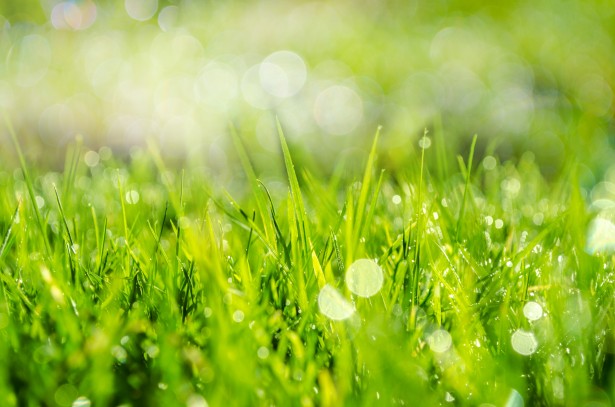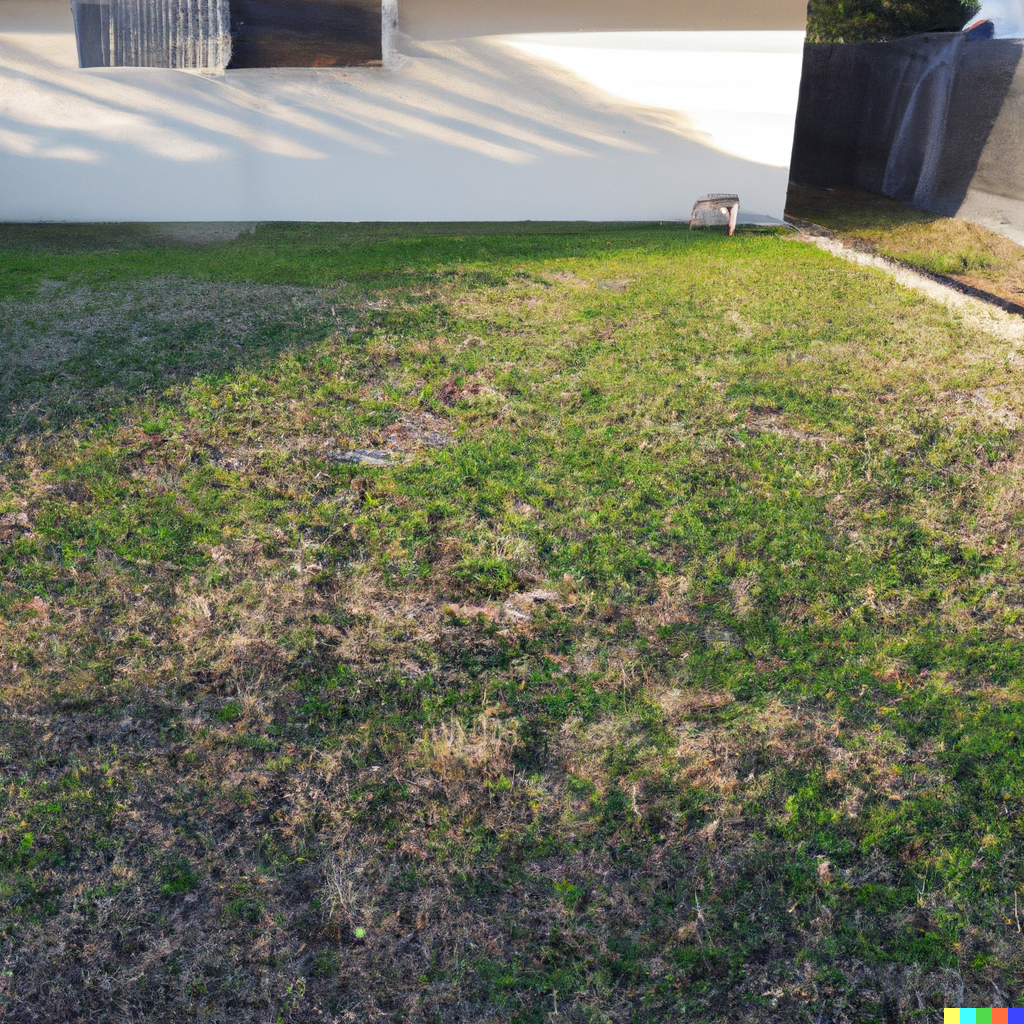Best times to fertilise your lawn
There are many factors that determine the best time for fertilising lawn such as lawn type, soil type and climate however, there are some general rules of thumb that can be applied to all that will give you a solid foundation and a healthy grass.
The theme is regular feeding throughout the growing season (Spring, Summer, Autumn) to promote growth and nothing in the colder months to avoid stimulating weeds throughout winter reducing over lawn maintenance required.
What months of year should I apply fertiliser to my lawn?
Spring
Spring is the start of the growing season when we fire up the retic controller and give the lawn its first mow in a while. It's also the most important time of year to apply a complete lawn fertiliser with all the macro-nutrients needed to fuel the growth to come.
It is recommended that for most common Australian lawn varieties, a complete granular lawn fertiliser such as Eco Prime Emerald or Nutrien Turf is applied every six weeks commencing at the start of September. This will ensure the turf is in top shape year-round.
Pro-tips: Aim to spread the first application in early Spring so you can space your application evenly throughout the growing season. Use this opportunity to give your garden a slow release feed and a wetting agent too.

Summer
As the weather warms, some consideration needs to be applied to the fertiliser type, amount and frequency to ensure we do not stimulate too much growth which can lead to pests and disease as well as a mowing regime that simply cannot keep up.
It is recommended that a complete granular lawn fertiliser such as Eco Prime Emerald or Nutrien Turf is applied every 8 weeks during Summer at a slightly reduced rate e.g. 2.5kg/100m2 down to 2kg/100m2.
It is important to make sure your watering regime is suitable with some extra water applied with a hose on really hot days.
Pro-tips: Time your applications so one falls in early summer and another in late summer. Applying fertiliser in the peak of summer can lead to unwanted rapid growth. Now is also the time to reapply a wetting and retaining agent such as Aqua Force & Bi-Agra.

Autumn
Now the days are getting shorter, mowing frequency is slowing down and the colder months are approaching. It is important at this point that a complete fertiliser with some additional trace elements is applied as the grass is storing energy in preparation for the upcoming dormant period. If your soil is depleted of nutrients at this point, the appearance over winter will be affected.
It is recommended that a faster absorbing granular fertiliser such as Nutrien Turf or Nutrien Turf Plus is applied once in late autumn.

Winter
The growing season is over, the lawn growth has slowed to a snail's pace, and the colour is starting to dull. This is not a time to apply a granular fertiliser as the plant is simply not going to be able to take it up, and the unwanted consequence will be growth in winter broadleaf weeds such as clover and flat weed.
If some colour is sought during winter, it is recommended that a liquid fertiliser with trace elements such as iron and manganese is applied. The aim of this is to give the plant only the specific nutrients it needs in a formulation that can be absorbed whilst the lawns are dormant.
Pro-tips: Avoid getting it on hard surfaces when applying liquid fertilisers as the iron content leaves brown stains. Also, doing a soil test in the cooler months will allow you to choose a liquid fertiliser with all the nutrients which are deficient and avoid any unnecessary application of nitrogen.

Can you over fertilise lawn?
Yes, it is possible to over-fertilise your lawn. Over-fertilising occurs when you apply too much fertiliser at once, or too often. This can lead to a buildup of organic matter and nutrients in the soil, making it prone to pest and disease.
Additionally, over-fertilising can lead to run-off and pollution of nearby waterways. Ever seen a pond covered in green algae?
What does an over fertilised lawn look like?
An over fertilised lawn will have excessive dark green, leaf growth. However, it may also have an increased amount of thatch (layer of organic matter that has not yet broken down or decomposed) making it more susceptible to pests and disease.
The problem with an over fertilised lawn is the leaf and thatch growth far outpace the roots, making the overall lawn's health worse.

What happens if you under fertilise lawn?
If you under fertilise your lawn, it will not receive enough nutrients to grow and thrive. This can lead to a thin, weak lawn that is also susceptible to disease and pests. Additionally, the grass may be more prone to damage from heat and drought.
An under fertiliser lawn will be off-colour, patchy and struggle with weeds.

Conclusion
Overall, the aim of the game is to apply the minimum amount of fertiliser required to keep your lawn thriving year round. This takes regular feeding with some adjustments along the way in conjunction with a suitable mowing and water regime.
If you're obsessed with your lawn and want nothing short of a bowling green, you should follow the above tips and add in some professional soil and leaf tissue testing to get super accurate with your fertiliser nutrient profile. Also look at using some organic fertilisers to really boost the soil profile over time.
The information provided in this publication is intended as a guide only. No one should rely upon the information contained in this publication without appropriate professional advice regarding relevant factors specific to your situation.






